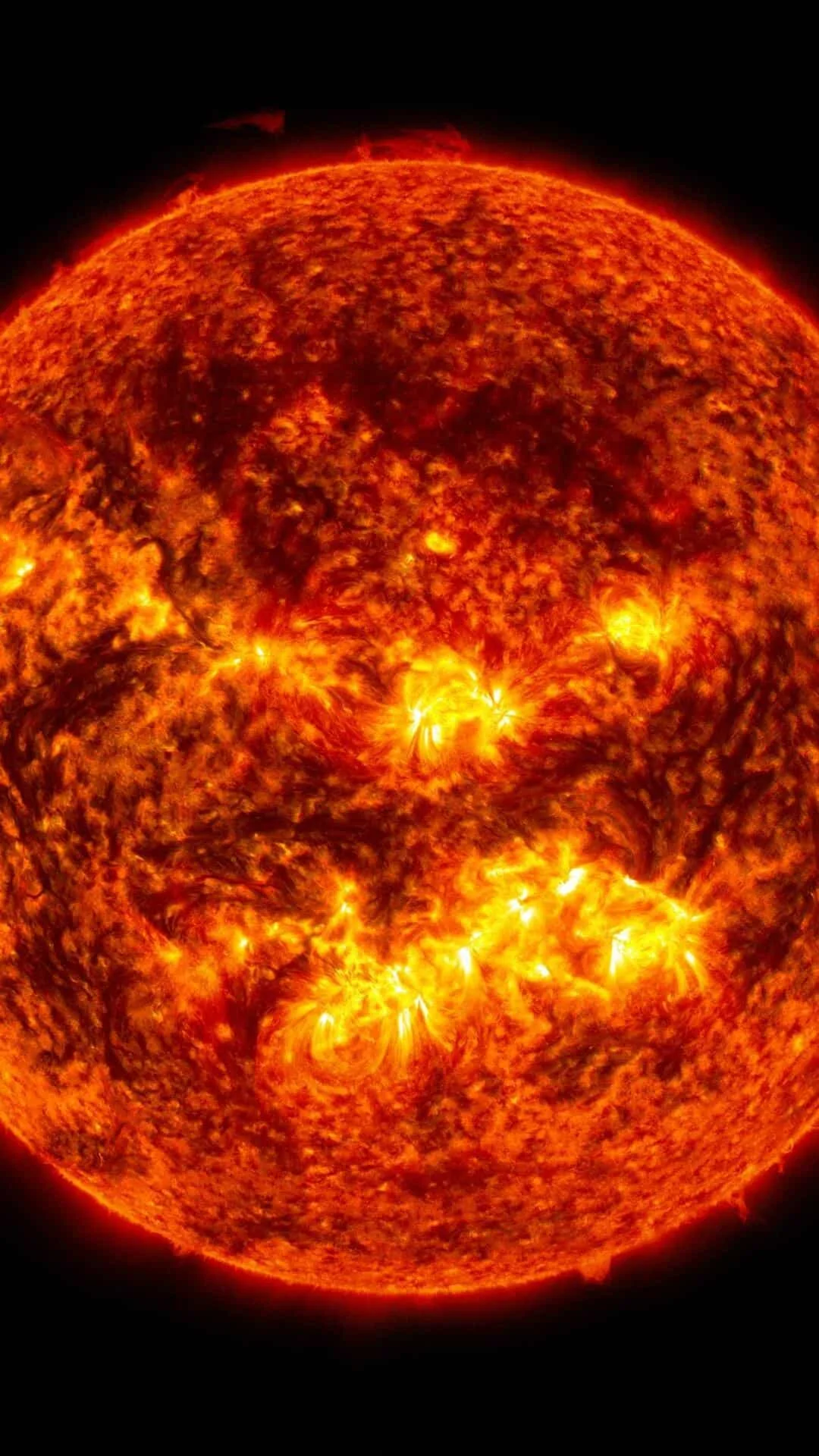
NASA’s PUNCH Mission: Unveiling the Sun’s Secrets and a ‘Space Rainbow’
NASA is embarking on a new mission, and it's bringing some stunning visuals along for the ride! The Polarimeter to Unify the Corona and Heliosphere (PUNCH) mission aims to unravel the mysteries of solar wind and its impact on our Solar System. But beyond the scientific goals, PUNCH is already delivering breathtaking images, including what NASA scientists are calling the largest observed 'space rainbow'.
The mission, consisting of four small satellites orbiting Earth, utilizes specialized cameras to capture unique perspectives of the Sun and space. The initial images are proving to be not only scientifically valuable but also visually captivating.

One of the most striking images is the 'space rainbow', a phenomenon caused by sunlight reflecting off dust particles in the solar system – a glow known as zodiacal light. The WFI-2 camera captured this rainbow-like feature, providing insights into the polarization of the zodiacal light, a feature scientists hadn't encountered before on such a grand scale.
NASA explained, "The image is colorized to show the polarization (or angle) of the zodiacal light, a faint glow from dust orbiting the Sun. Hue indicates direction, and saturation indicates degree of polarization," showcasing that specific pastel green feature would be slightly polarized in the horizontal direction, while a deep blue feature would be strongly polarized in a diagonal direction.
Interestingly, an initial test of the NFI (narrow field imager) yielded an unexpected result. Intended to capture detailed images of the Sun's corona, the camera inadvertently captured a stunning image of the New Moon. A slight miscalculation allowed for a perfectly illuminated view of the Moon, highlighting the brilliance of sunlight bouncing off Earth.
The other cameras, WFI-1, WFI-2 and WFI-3, have also been successful in capturing images of stars, constellations and space dust. WFI-2 is more special than the others because it uses filters to see how light polarizes. This allows us to see the zodiacal light, which is a soft shine created by the crashing of sunlight against space dust, and also the directions the light waves go.
This mission isn't just about pretty pictures, however. The data collected by PUNCH will enable scientists to better understand **solar weather** and its effects on satellites and even the creation and evolution of our Solar System. Understanding how the Sun and its solar wind affect space weather could one day protect satellites and even predict when we might see awe-inspiring auroras.
The PUNCH mission is a vital step in expanding our knowledge of the Sun and its surrounding environment. As the mission progresses and more data is collected, we can expect to uncover even more fascinating details about our universe.
What do you think of these early images from the PUNCH mission? Share your thoughts and predictions in the comments below!